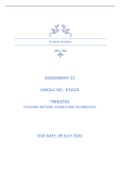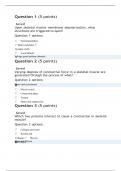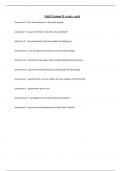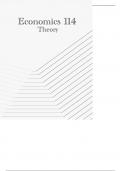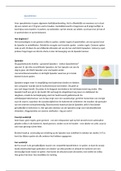Other
TMN3705 Assignment 02
- Institution
- University Of South Africa (Unisa)
I hope this helps you with your studies! :) Good luck, you got this! ♥ I got 100% for the assignment and passed this module with a distinction of 80%. With Love - From your Secret Study Buddy ♥
[Show more]
